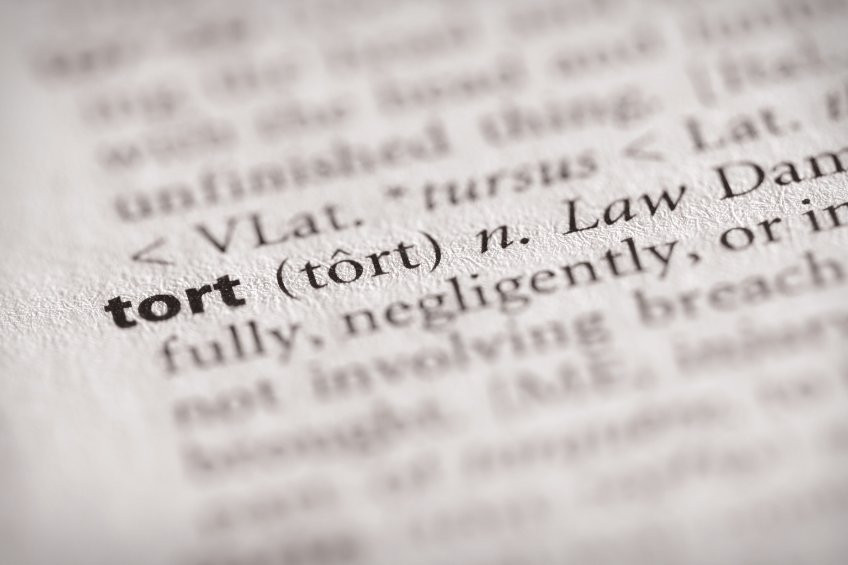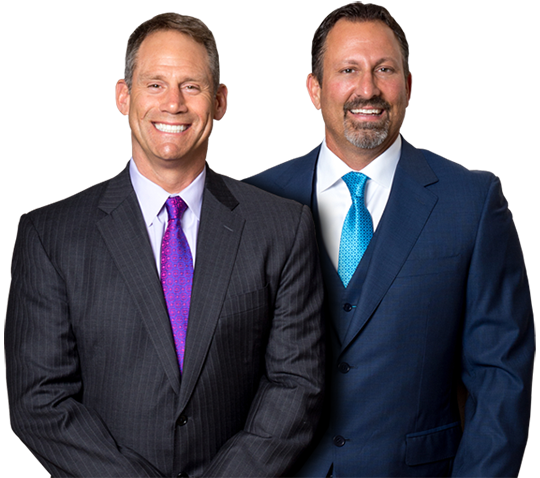
Fault is one of the main components of personal injury cases. A plaintiff seeking damages must demonstrate that the defendant violated their duty of care, whether it was out of negligence or a conscious choice. Along with negligence and violation of duty of care, is strict liability (also known as absolute liability). Strict liability, in tort law, refers to civil disputes in which the defendant may be liable to pay damages to an injured party, even if they did not commit any wrongdoing.
Learn more about strict liability torts from the personal injury attorneys at Lerner and Rowe, including whether you might have a case that qualifies.
What Is Tort Law?
The term “tort law” refers to instances where a person could be held legally responsible for the harm they have caused another person. In tort lawsuits, the injured party also seeks compensation for any damages they have sustained (property loss, physical harm or pain and suffering). There are three types of tort cases: intentional torts, negligence, and strict liability.
Intentional Torts
This occurs when an individual intentionally harms another by engaging in actions deliberately to cause injury or damage to another person or their property. Examples of intentional torts include defamation, assault/battery, trespassing, property destruction, or any other intentional actions that result in harm.
Negligence
The most common kind of tort is negligence. These incidents occur when the carelessness of others hurts someone else. Examples of negligence include car accidents, bicycle accidents, medical malpractice, slip and falls, and other types of personal injuries that were not intentional.
Strict Liability
In a tort case involving strict liability, often known as “absolute” liability, the defendant may be held accountable even in the absence of demonstrable negligence or fault.
Types of Strict Liability Torts
There are three broad categories of strict liability torts, including possession of wild animals, ultrahazardous or abnormally dangerous activity, and strict product liability.
Possession of Wild Animals
Wild animals are assumed to be inherently dangerous. If someone keeps a wild animal, they assume strict liability if that wild animal then injures someone. Wild animals may include snakes, lions, bears, monkeys, and any other animal that is deemed likely to cause injury if not properly restrained. Some wild animals are exempt from strict liability, including those kept for government education or entertainment purposes (i.e., zoo animals). Negligence laws still apply when a person is injured by a zoo animal.
When it comes to domesticated animals, victims of dog bite injuries must establish the dog’s owner’s negligence. However, it may be argued that the owner had knowledge that the dog was dangerous if it had previously bitten or attacked someone. If this is the case, the law of strict liability may be applied.
Ultrahazardous or Abnormally Dangerous Activities
Ultrahazardous activities are also subject to strict liability in law. Also called abnormally dangerous activities, these are defined as those which by default pose a serious risk of injury to people, land, or property, regardless of precautions. In strict liability cases involving these activities, courts must evaluate whether a certain behavior is “abnormally dangerous,” and will consider:
- How high the risk of harm is (and the seriousness of risk)
- Whether the risk can be eliminated or mitigated by exercising extreme care
- How common the activity is
- If the activity is taking place in an appropriate location
- How important the activity is to the community
Burning fields, crop dusting, digging canals, dynamite blasting, fumigating, storing explosives, storing gasoline, and the extensive application or usage of poisons or hazardous substances are examples of abnormally dangerous activities (i.e. herbicides like Roundup).
Those who experience losses as a result of abnormally dangerous activities may be entitled to seek compensation for both property damage and personal injury.
Consumer Product Liability
Certain consumer product liability cases might also be considered strict liability torts. Certain consumer product liability cases might also be considered strict liability torts. For injuries resulting from the use of their product due to design flaws, manufacturing flaws, or failure to warn, manufacturers or designers of dangerous or defective products may be held strictly liable.
The main cause of product liability lawsuits is more often than not due to the following manufacturing defects and breaches of warranty. A warranty breach refers to a manufacturer’s implicit or explicit guarantee that a product will perform how it is intended, is of a certain quality, and will provide the intended results promised.
The specifics of your case will determine whether strict liability or conventional negligence is used to pursue your product liability claim. Strict liability torts must be able to prove that:
- The consumer was injured.
- The injury was caused by the product
- At the time of its conception, production, or sale, the aforementioned product was dangerous or harmful.
- The consumer used the product in a way that the manufacturer or seller could have anticipated.
Do I Have a Strict Liability Tort Case?
Depending on the state and the jurisdiction, strict liability tort lawsuits and negligence cases may be treated differently. An experienced personal injury law firm should carefully review your case to determine whether you may have a strict liability tort case.
At Lerner and Rowe Injury Attorneys, our nationwide network of personal injury lawyers offer free, no obligation consultations to all prospective clients. Our team is available by phone at 844-977-1900 and via LiveChat and secure online form.
Want to learn more about the personal injury claim process? Visit our blog section or follow us on social media. Remember, the call is free; the consultation is free, and we charge no fees until we’ve made a financial recovery.



